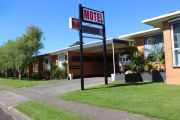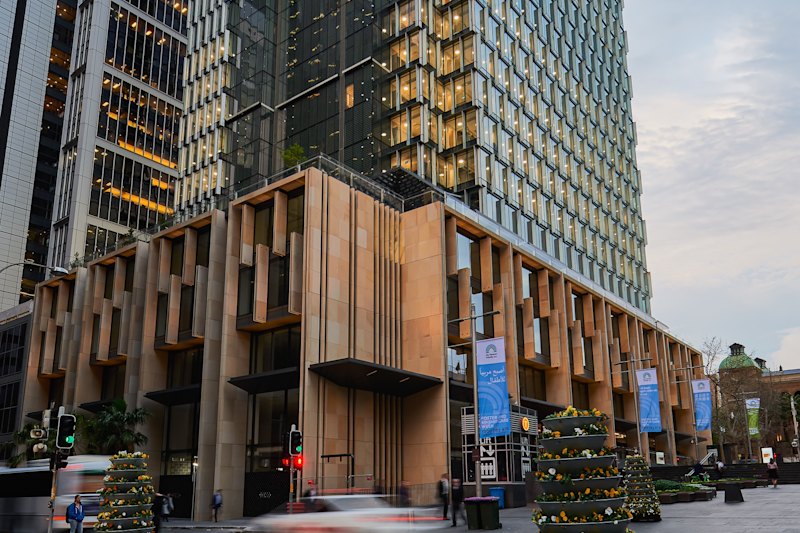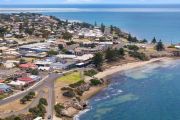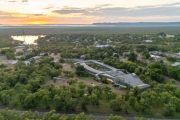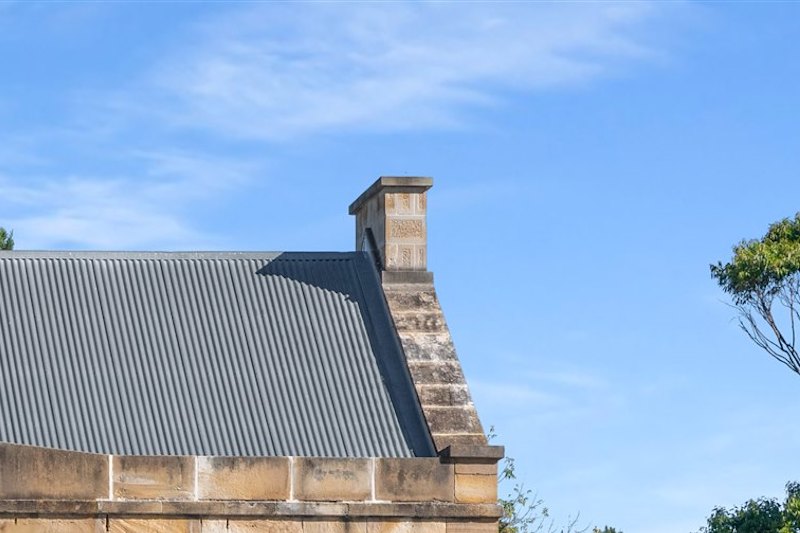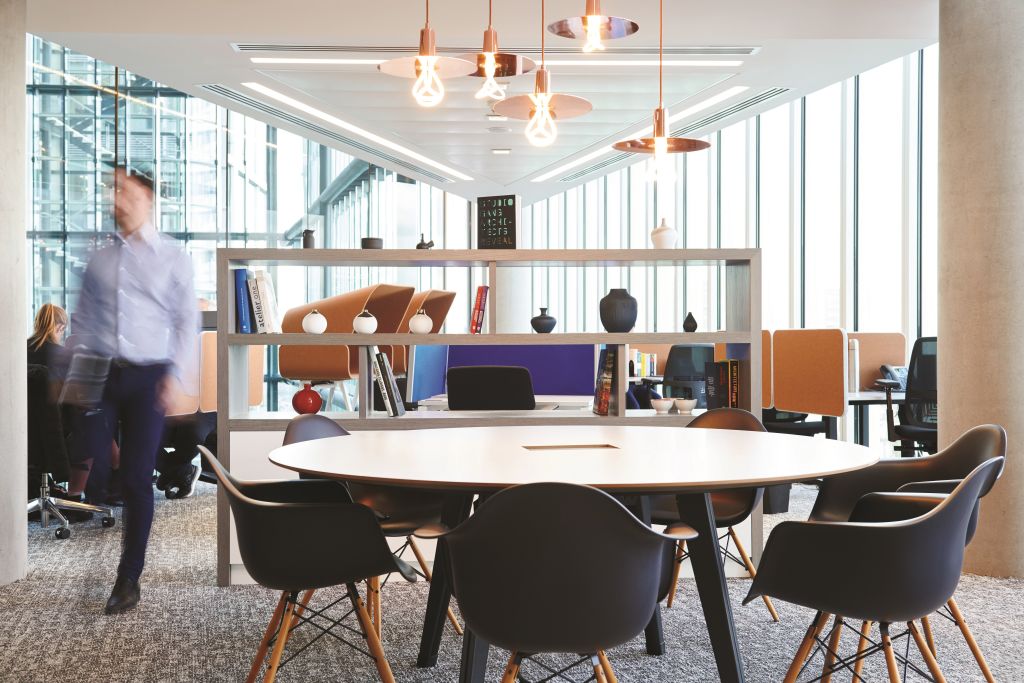
Coworking office space in Australia to triple by 2030, report finds
About 12 per cent of all commercial office stock in Australia will be used for flexible workspaces by 2030, new research has found.
The projected boom of the flexible workspace industry, which includes coworking and serviced offices, is forecast to increase Australia’s economic output by $122 billion by 2030, the report commissioned by global workspace provider Regus shows.
The value will be delivered through reduced operating costs for businesses as less office space is needed for companies using flexible workspace, improved staff productivity, as well as the 56.5 million hours of travel time saved for workers who are expected to commute less, according to the Development Economics report.
Damien Sheehan, Australian head of IWG, which is Regus’s parent company, said while growth projections painted a picture of the future importance of flexible workspaces, “there’s (still) a long way to go”.
“I was quite staggered at, on one hand, how many flexible workspace providers there are out there and yet we’re really just at the tipping point of this workspace revolution,” he told Commercial Real Estate.
“Technology is disrupting pretty much every industry vertical, the big industrial organisations are now taking a much closer look at their workplace strategies, so why should they lease a large commercial property footprint for 10 years when they don’t know what’s going to happen to their workforce numbers?”
The amount of growth the flexible workspace industry is expecting is “quite enormous”, Mr Sheehan said.
“We believe that 2.5 to 3.5 per cent of total available commercial workspace is taken up in flexible coworking, or serviced offices and if you think about that by 2030, there’ll be 12 per cent.
“I tend to think that it could be more; it’s somewhere between six and nine times more than where we are today.”
And while Australia is still trailing behind Europe and the US in terms of the adoption of flexible workspaces, more corporations have signed on recently.
“(We had) lots and lots of smaller organisations with a sprinkling of larger corporates,” Mr Sheehan said.
“But that is absolutely changing; in the last 12 months, the number of enterprise discussions we are having with ASX 200 organisations is certainly increasing.”
He attributed some of the corporate interest to the growing commercial portfolio of the flexible workplace sector.
“Our industry is also taking more of the available workspace, so the by-product of that is corporates are having to look at us, but I’m pleased to say that they’re being very open to it,” he said, adding that IWG was opening about six to eight centres globally every week in 2018.
One of these is its newest centre in Sydney’s World Square complex at 680 George Street. IWG has nabbed the last whole floor in the building, taking up more than 1800 square metres on level 45.
Colliers International’s director of tenant advisory Rowan Humphreys, who secured the deal on behalf of IWG, said this part of the Sydney CBD was “significantly underserviced” by flexible workspace operators.
“We expect there to be significant demand from tenants within the building who require expansion and project space, along with tenants who could not previously access 680 George Street as subdivisions are typically no less than 500 square metres,” Mr Humphreys said.
He said that about 34,000 square metres of flexible workspace had been taken up this year in the Sydney CBD, pushing up the floor-space commitments of coworking operators by 38 per cent.
“While not all committed space may be complete or open yet, 38 per cent growth in Sydney’s CBD is an impressive statistic but we are still lagging other global cities like New York and London, making us believe there is still room for continued growth in the Sydney flexible workspace market,” Mr Humphreys said.
The new Regus Centre will open in January 2019.

